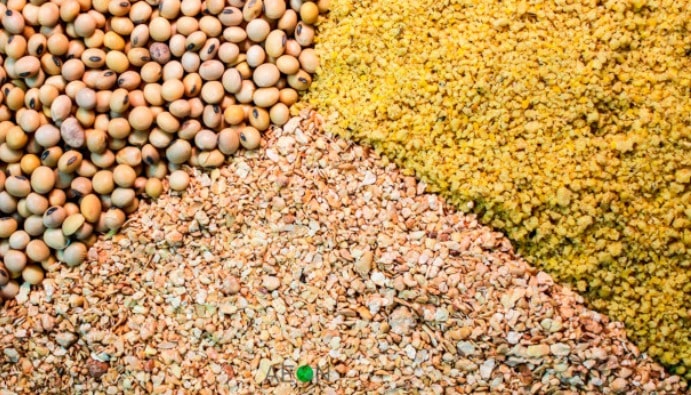Chemical Analysis in Feeds
Chemical Analysis in Feeds

It is not possible for animals to be fed properly and healthily without knowing what the feed is, how to increase the value of the feed, and what beneficial or harmful effects each feed has on animals. On the other hand, efforts should be made to reduce animal production costs. For this, measures should be taken to ensure the most efficient use of traditional feed materials, new feed materials should be found as an alternative to these feed materials and their qualities should be determined and used in animal nutrition.
In order for these studies to be productive, the people who will work in this field must be trained in feeds and feed technology, and they must be qualified to evaluate the results of the studies and analyzes and apply the results.
Animals need nutrients such as water, carbohydrates, fats, proteins, vitamins and minerals in order to sustain their lives and therefore to obtain good yields from animals. Animals meet these needs from the food they eat and the water they drink. Feeds are of great importance not only for nutritional purposes, but also for increasing the quality of products obtained from animals, protecting and treating animals from diseases when necessary.
The fodders may be natural products of various plant or animal origin, such as hay, grass, barley, maize, barley and the like. Or it could be feeds, processing residues, by-products and purely tech stuff. Corn gluten, wheat bran and oilseed meal are examples of processing residues. Technological feeds are completely artificially obtained amino acids, various vitamins and minerals.
The chemical structures of the feeds have a very different appearance and a significant part of these different structures can be detected by chemical analysis. However, chemical analyzes may not be sufficient to determine the feed value. Chemical analyzes of feeds can be considered in two groups:
• Nutrients such as crude protein, crude oil, crude fiber, raw ash and nitrogen-free core substances in feeds are analyzed. However, these analyzes give roughly the nutritional value of the feed.
• More sensitive analyzes are made to determine the true value of the feed. In this way, amino acids, vitamins, fatty acids, harmful and foreign substances that prevent feeding are analyzed.
